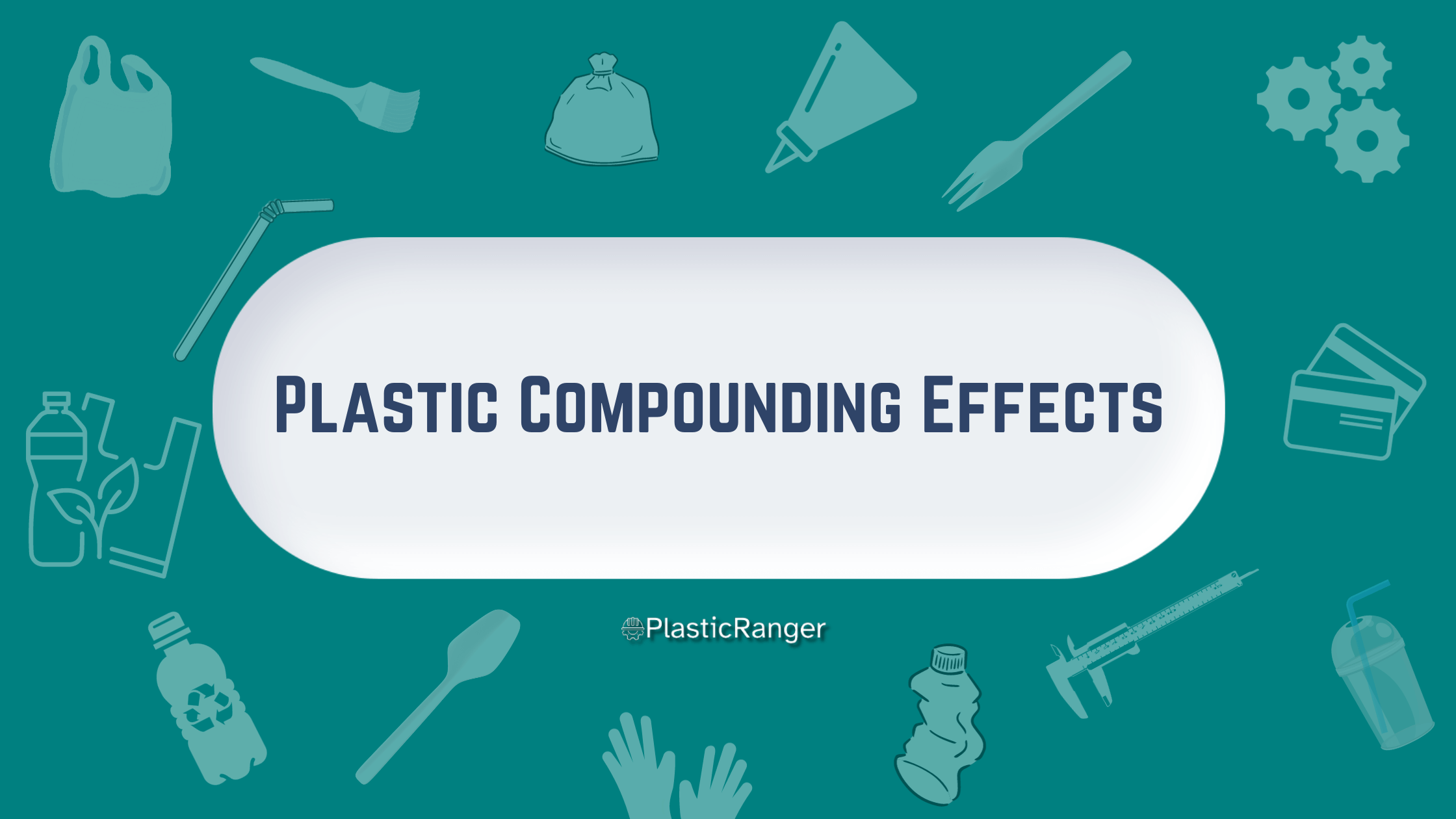Plastic Compounding and Its Profound Effects
Plastic compounding is an intricate process where plastics are melted and blended with other materials to achieve desired characteristics, such as enhanced strength, flexibility, or flame resistance. This method holds vast potential in tailoring plastic properties for specific applications. This article delves into the significance, methodologies, benefits, and challenges of plastic compounding.
The Significance of Plastic Compounding
Plastics by themselves can have limitations in terms of properties and functionality. Compounding allows for the modification of these general properties by incorporating fillers, additives, and other polymers. These compounded plastic materials find use in an array of applications from automotive to consumer goods, broadening the utility of plastics in our day-to-day life.
Methodologies of Compounding
There are several methods employed in plastic compounding, each having its unique advantages:
Twin-screw Extrusion: A common method where two intermeshing screws melt, mix and convey the plastic and additives. This ensures thorough mixing and is highly versatile.
Batch Intensive Mixers: Often used for high-viscosity plastics, these mixers apply mechanical and thermal energy simultaneously to mix and compound plastics.
Two-roll Mills: An older method, primarily used for sheeting out laboratory and medium-sized compounding batches.
Components Used in Compounding
Additives: Chemical substances like antioxidants, UV stabilizers, and plasticizers are added to enhance the performance of plastics under different conditions.
Fillers: Materials like talc, calcium carbonate, and glass fibers can enhance the strength, and stiffness, and reduce the cost of plastic products.
Pigments and Colorants: These give the plastic its desired color and appearance.
Other Polymers: Blending polymers can combine the best attributes of both, leading to a superior final product.
Benefits of Compounded Plastics
Enhanced Properties: Compounding can significantly improve a plastic’s strength, flexibility, heat resistance, and more, allowing it to be used in demanding applications.
Cost-Efficiency: Incorporating fillers can reduce the overall cost of the plastic product without compromising its quality.
Sustainability: Some compounding practices incorporate recycled plastics, thus promoting a circular economy and reducing environmental impact.
Customization: Manufacturers can tailor plastics to specific requirements, enabling innovations and meeting consumer demands more efficiently.
Challenges in Plastic Compounding
Quality Control: Achieving uniformity in compounded plastics is essential. Inconsistent mixing can lead to reduced product performance.
Environmental Concerns: While compounding can incorporate recycled materials, the addition of certain fillers and additives might raise environmental concerns regarding biodegradability and toxicity.
Equipment Costs: Advanced compounding equipment, especially twin-screw extruders, can be expensive, making it a substantial investment for businesses.
Quick Navigation

